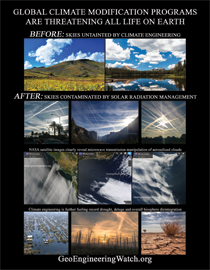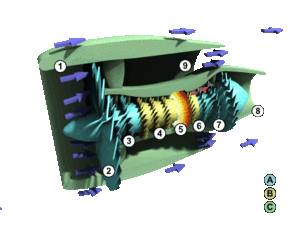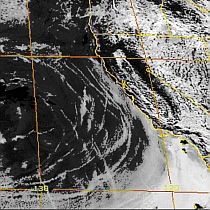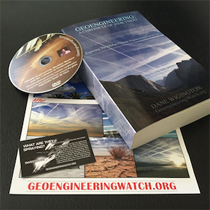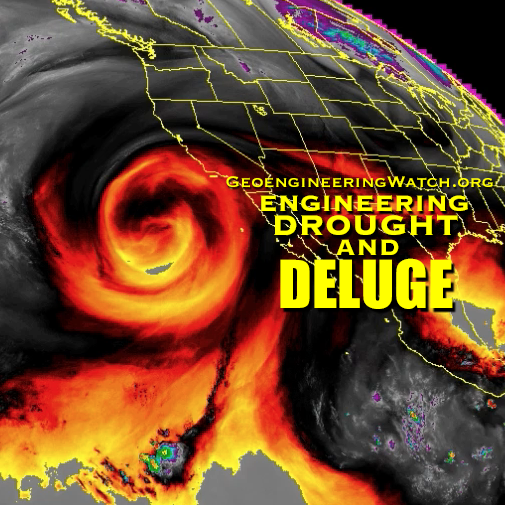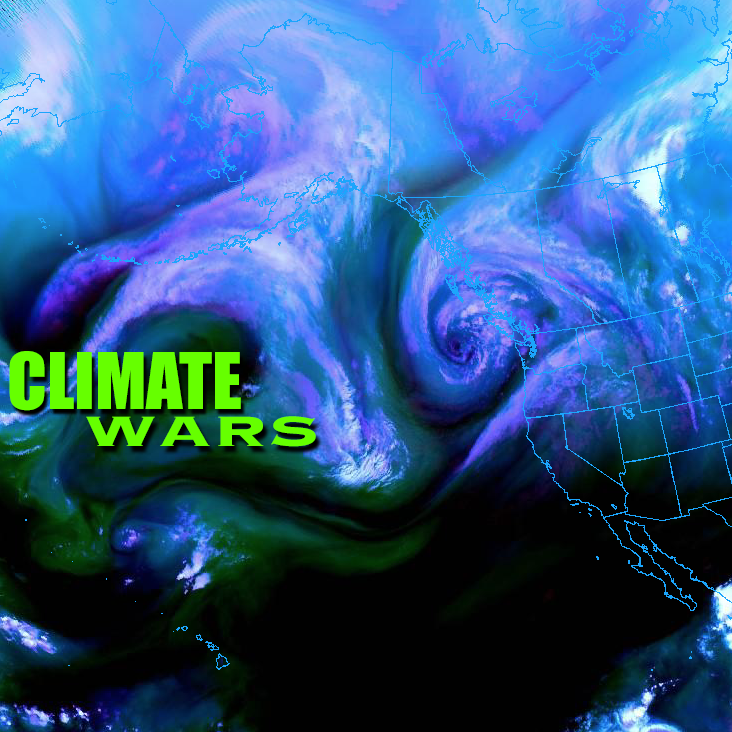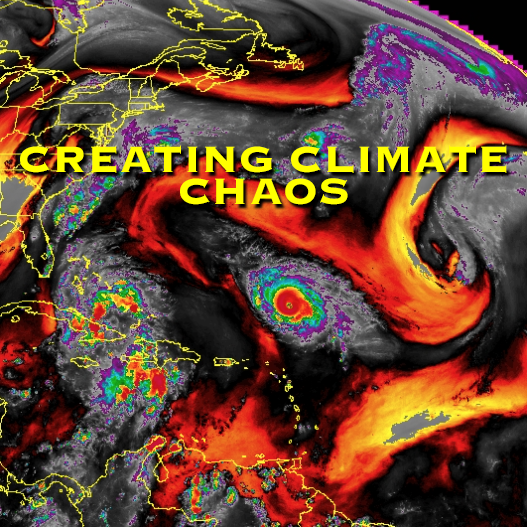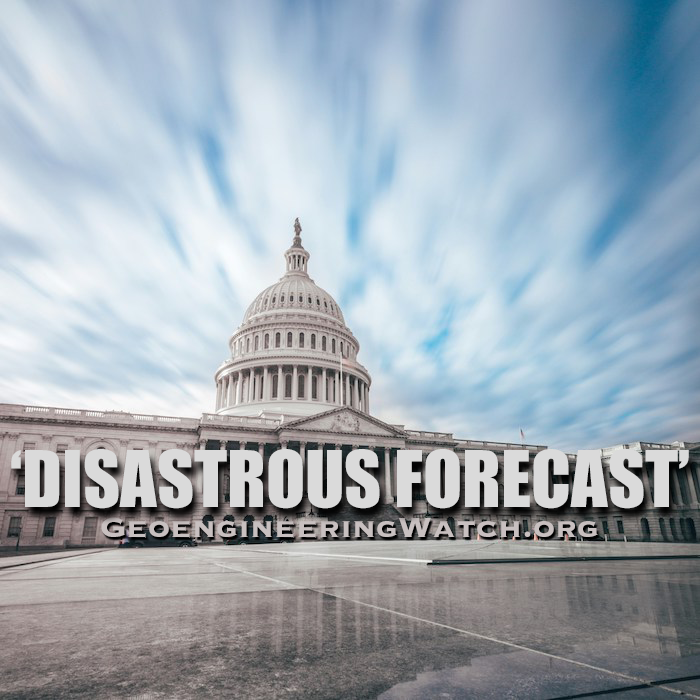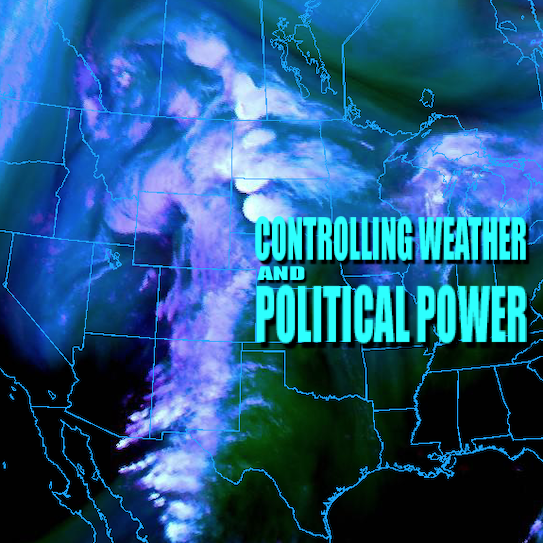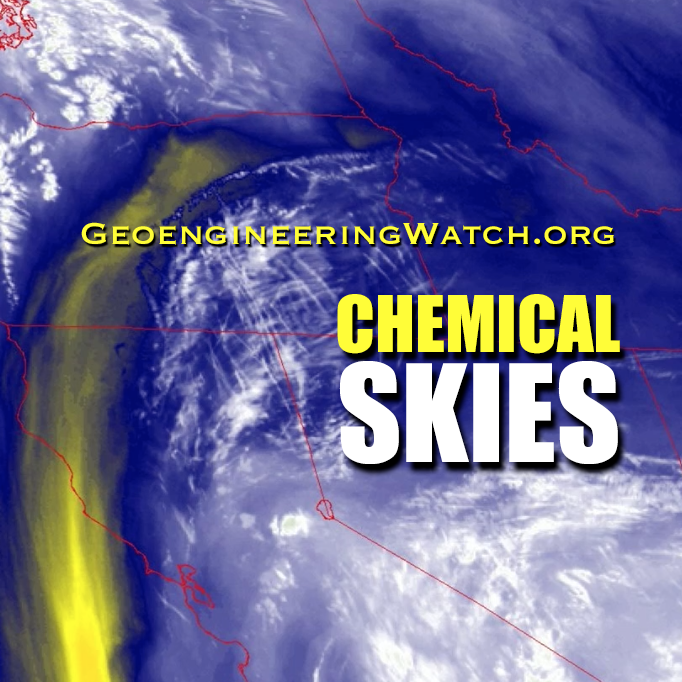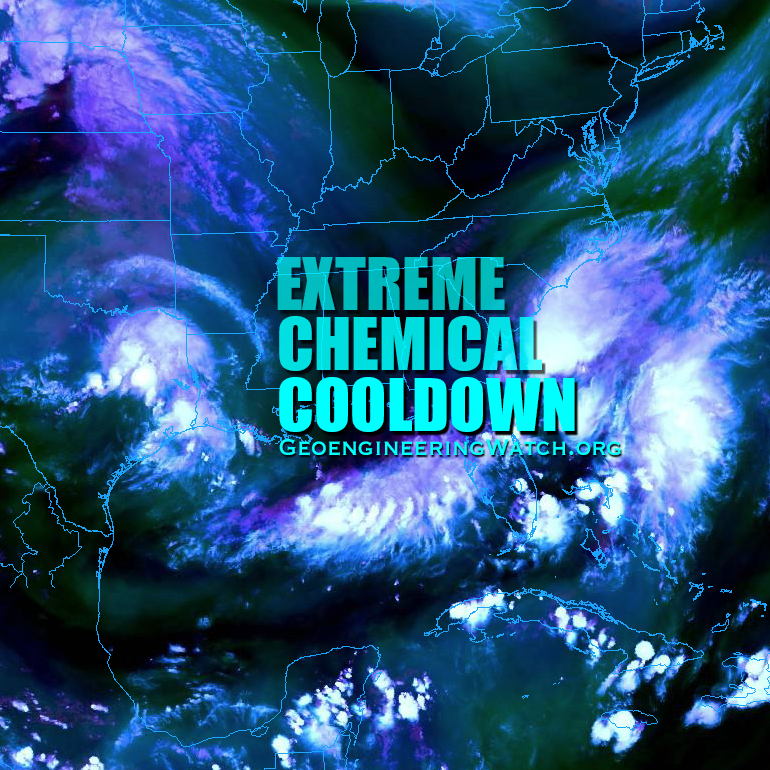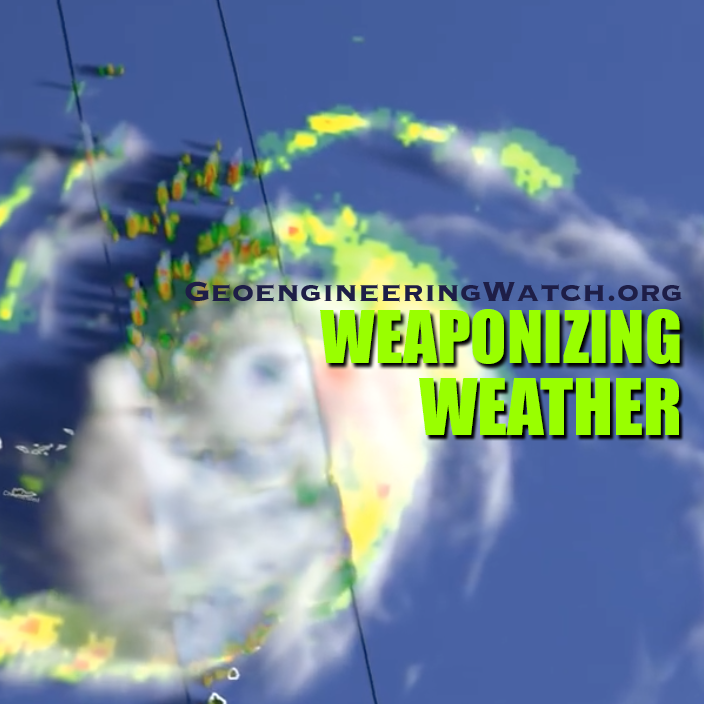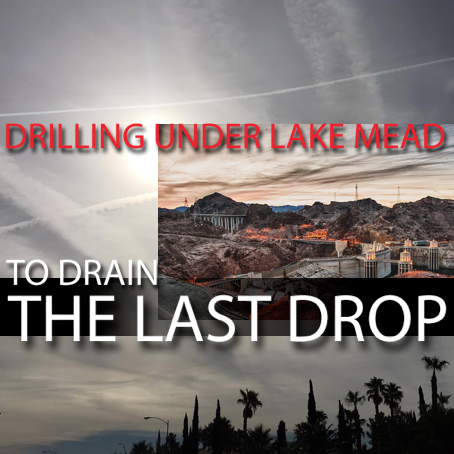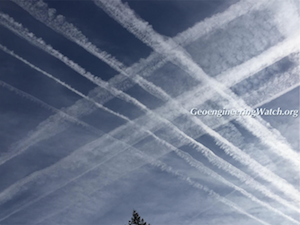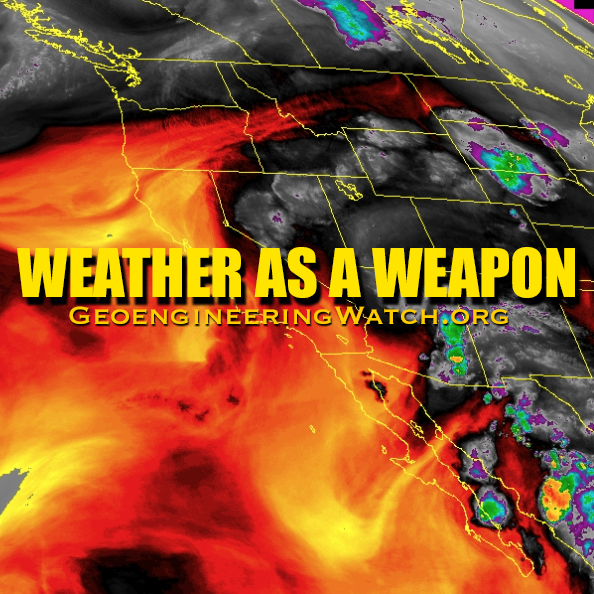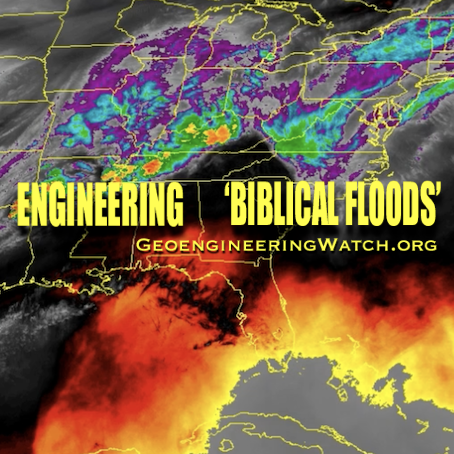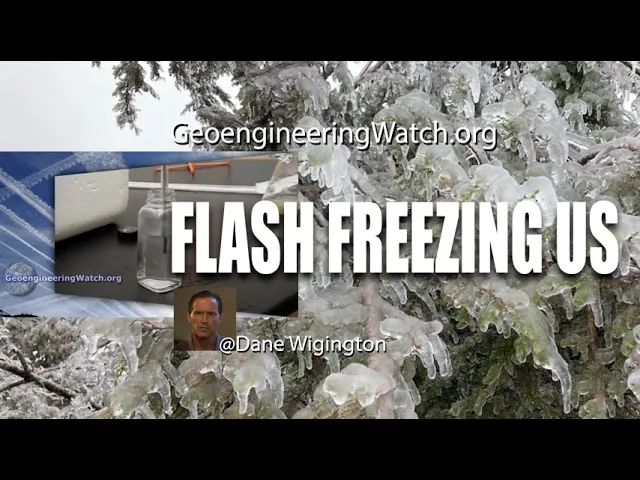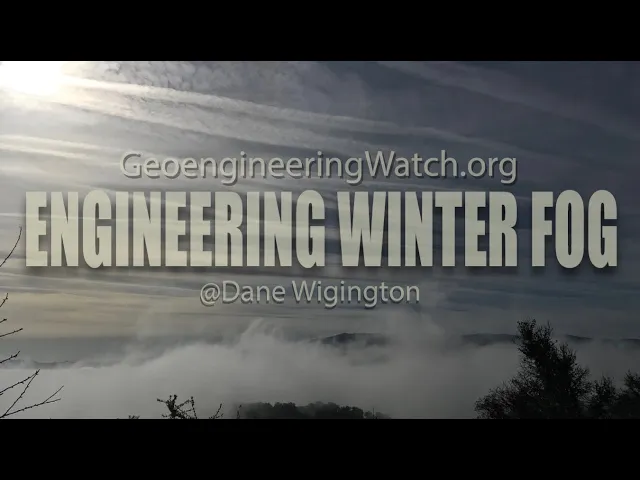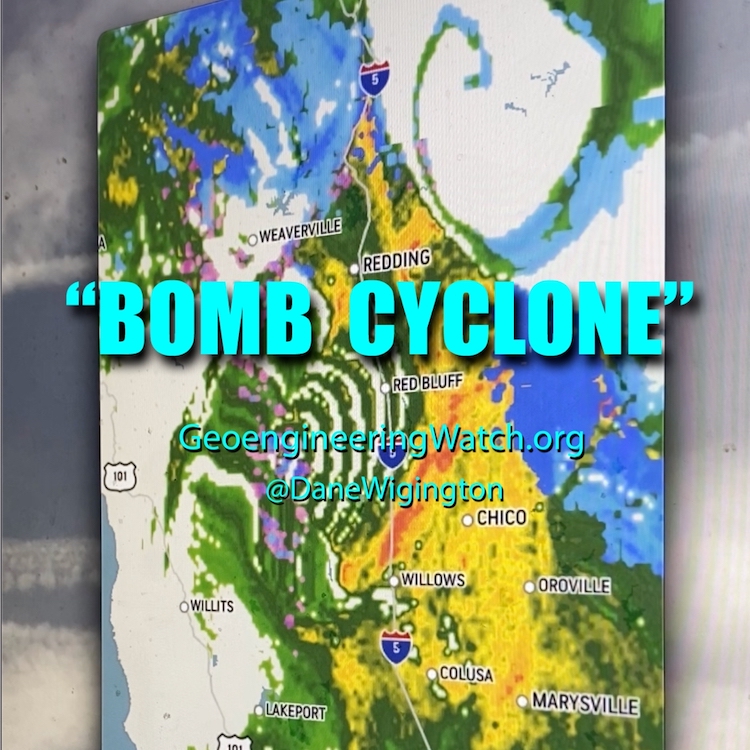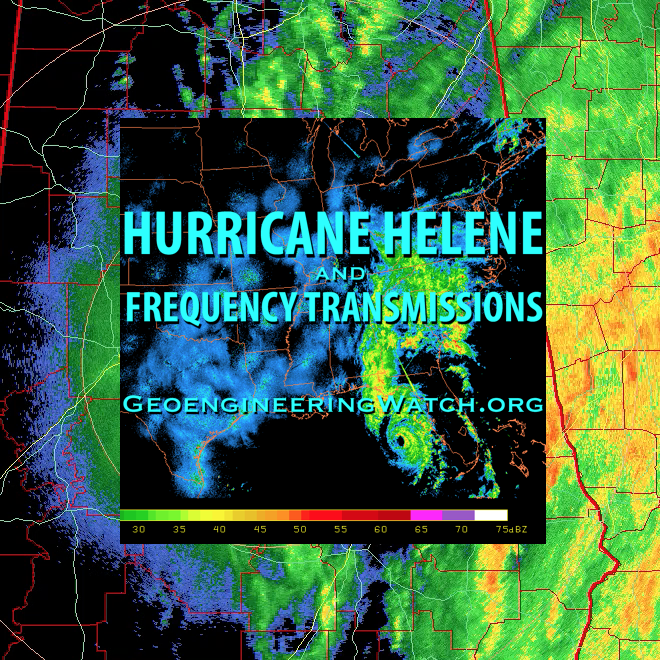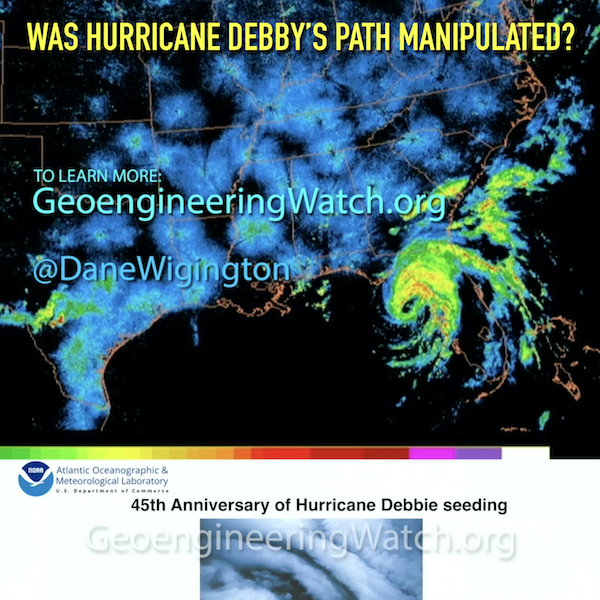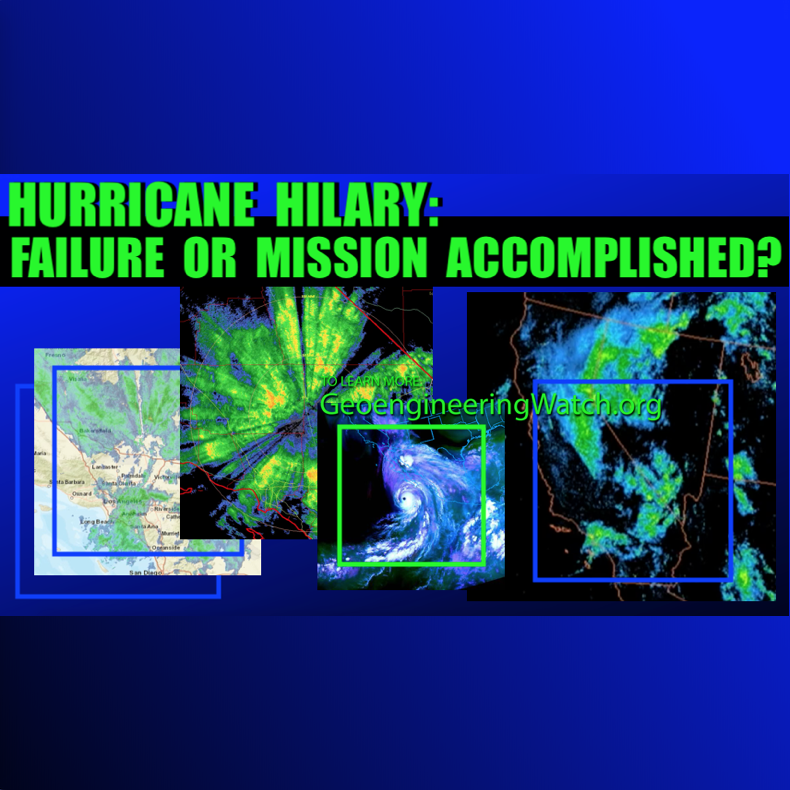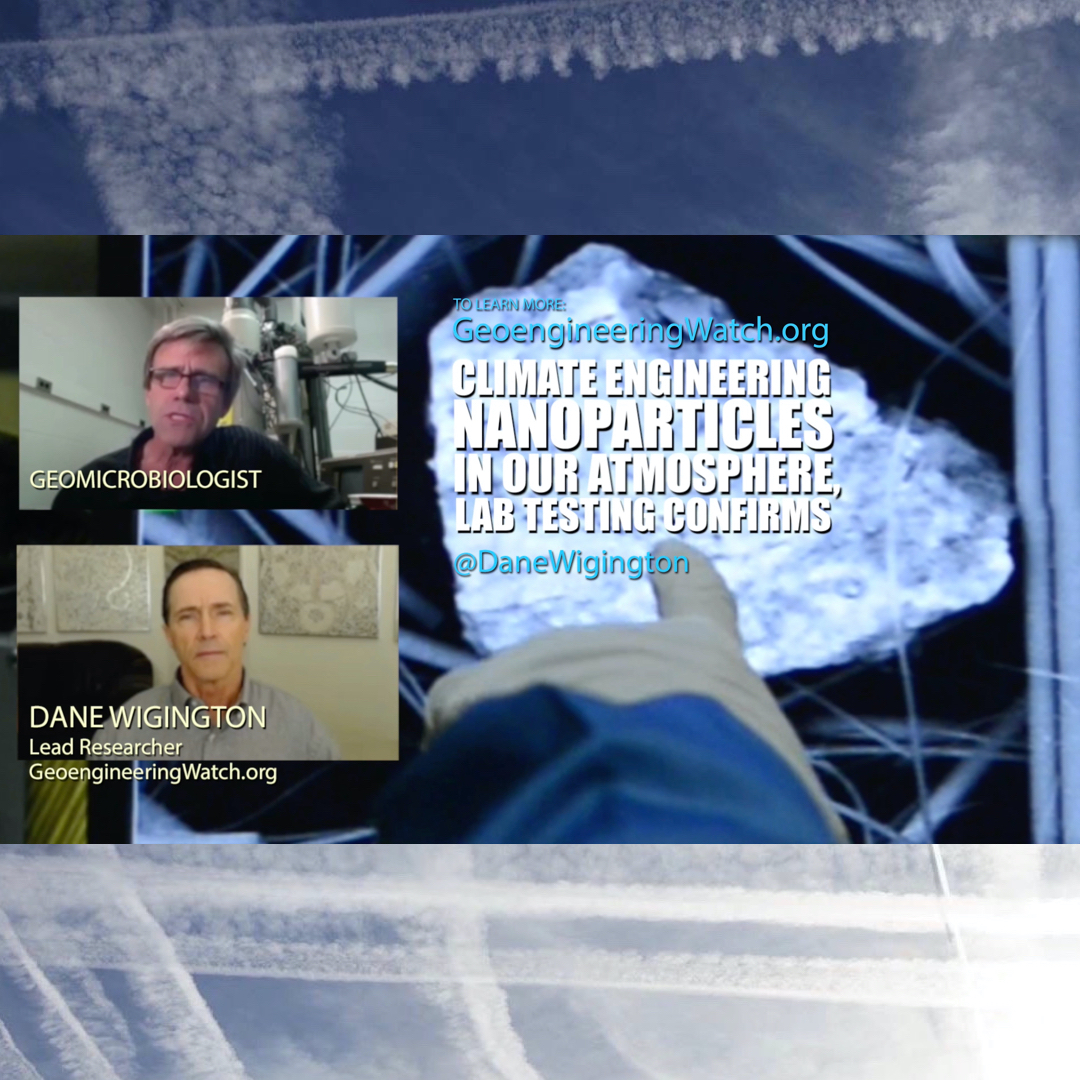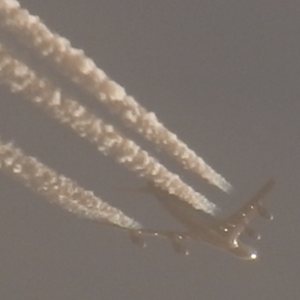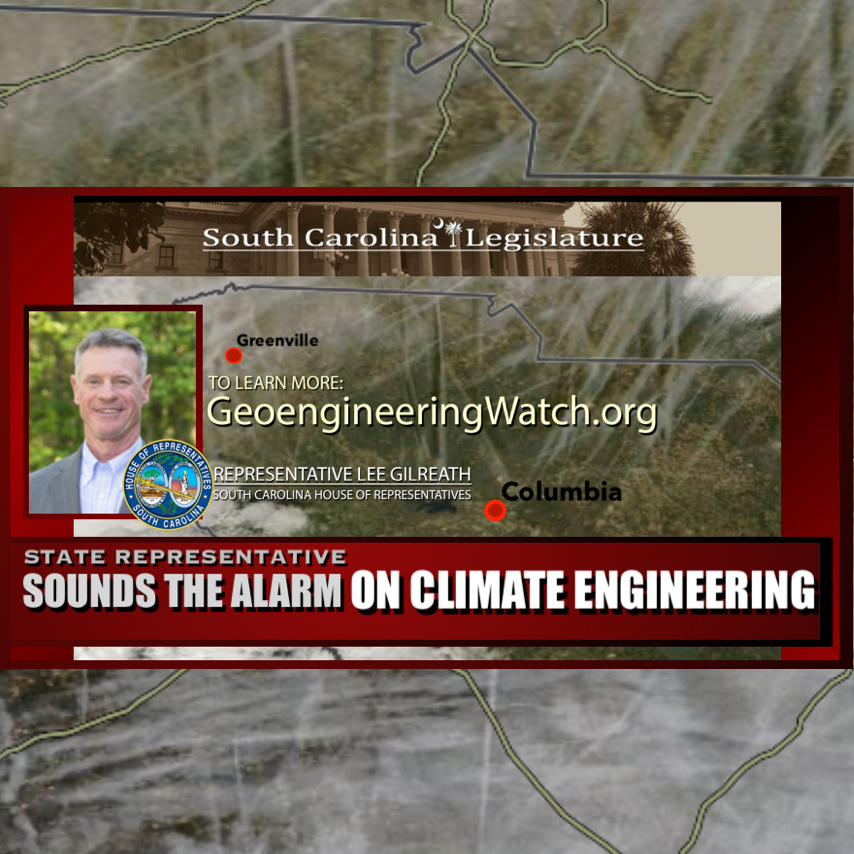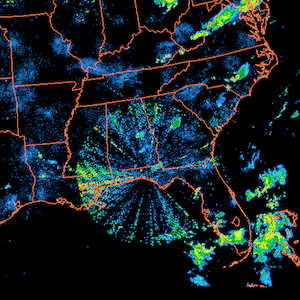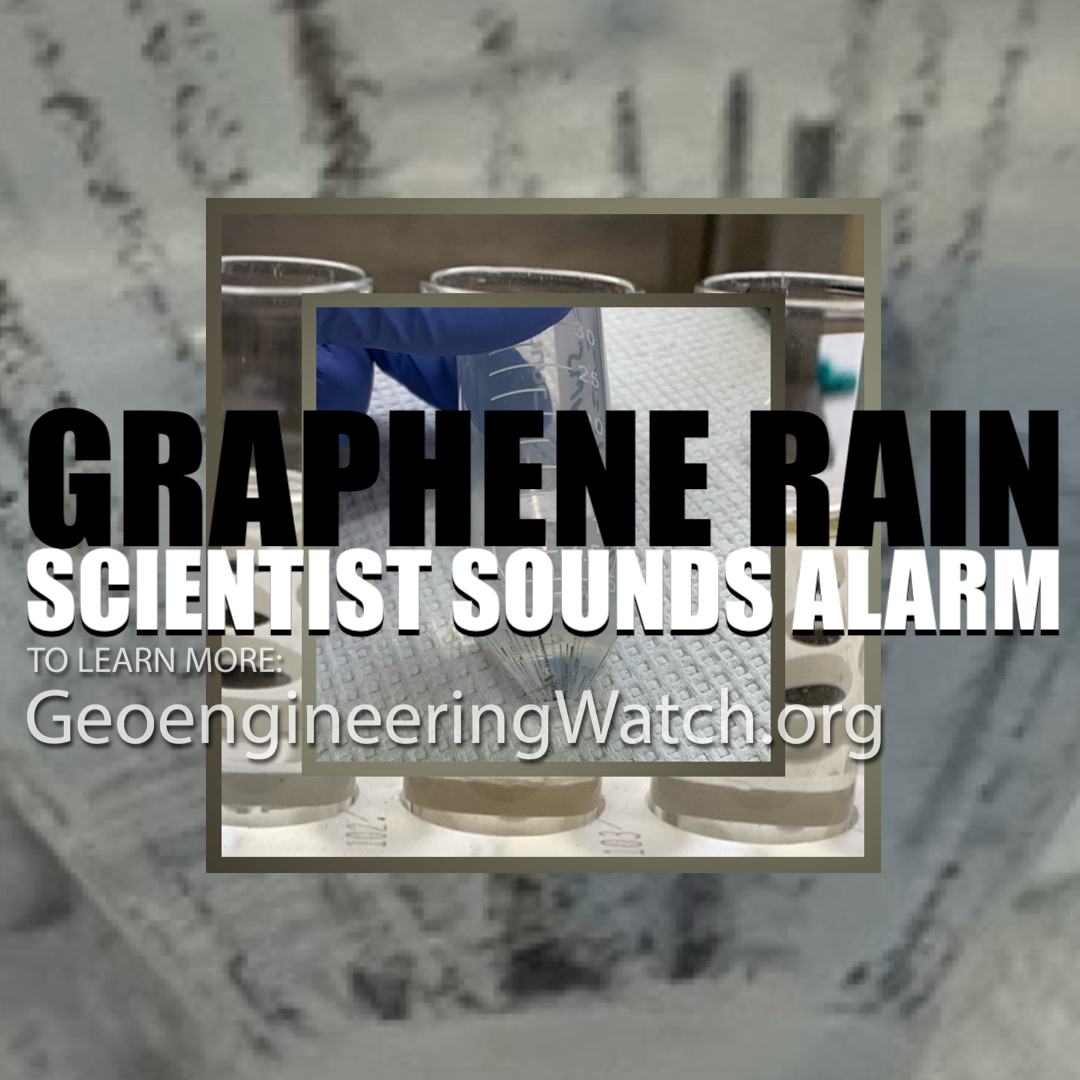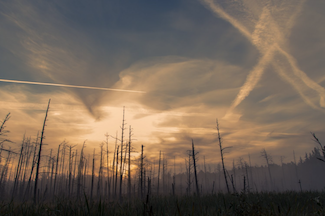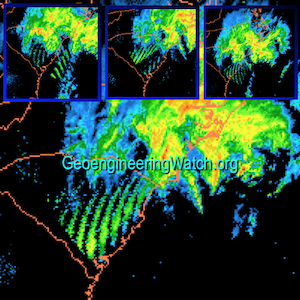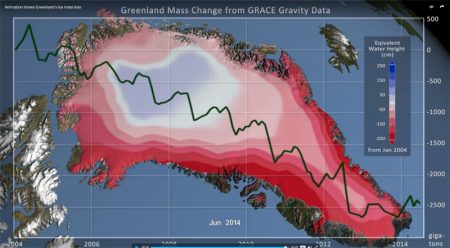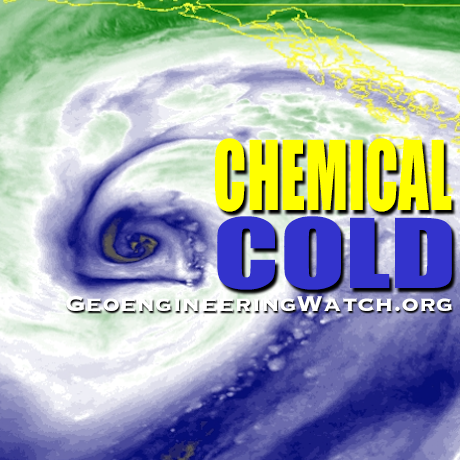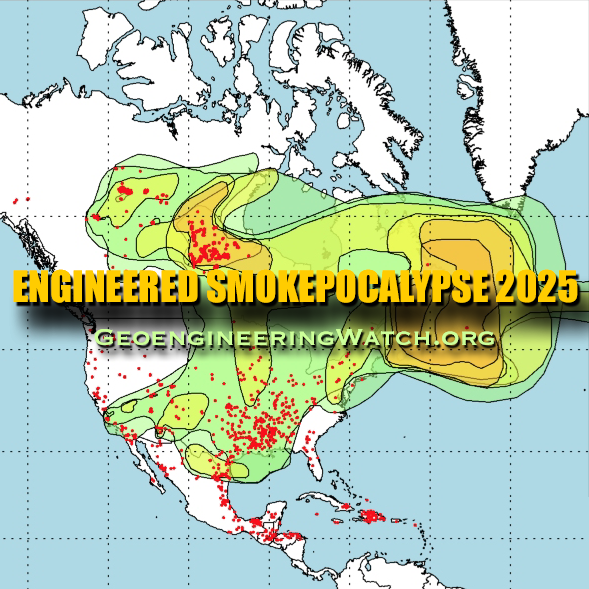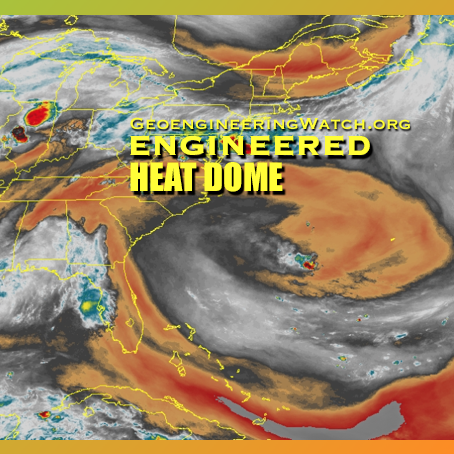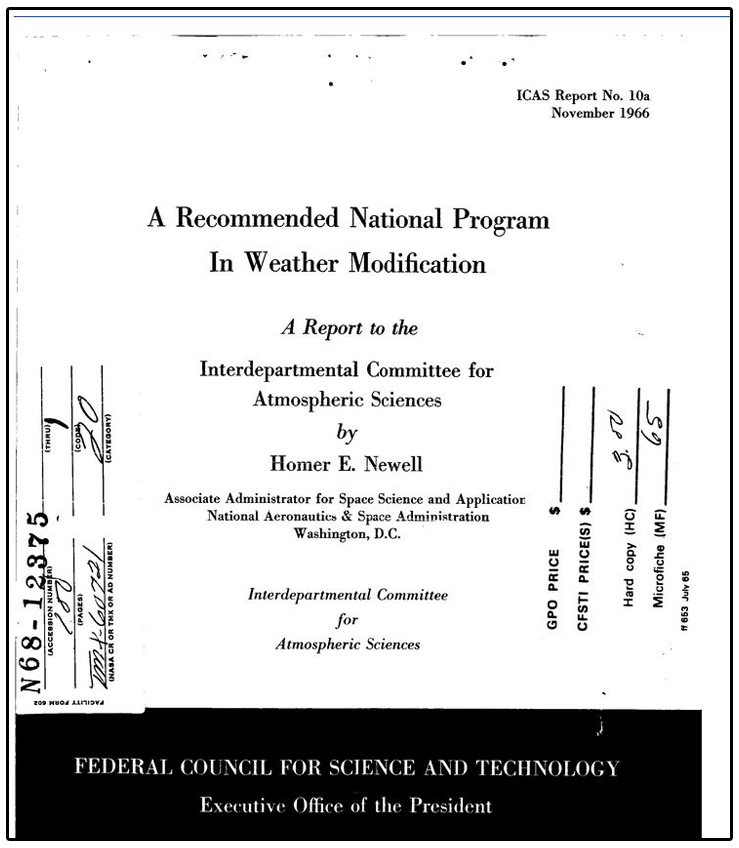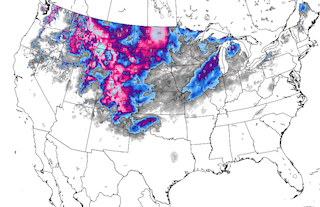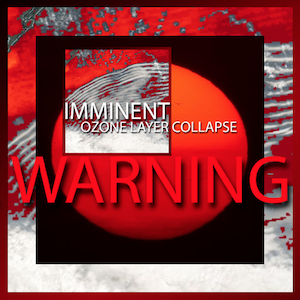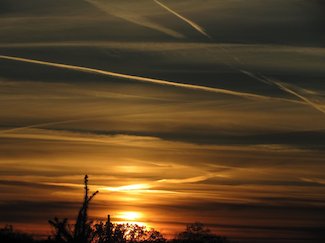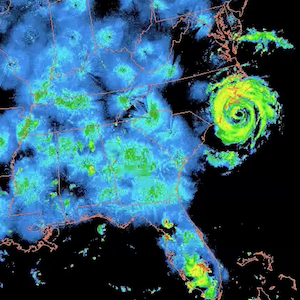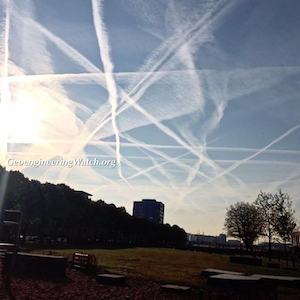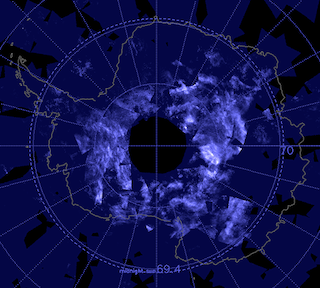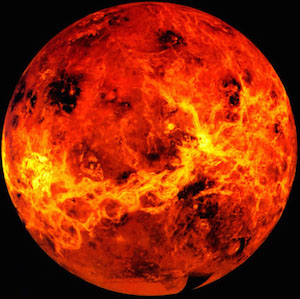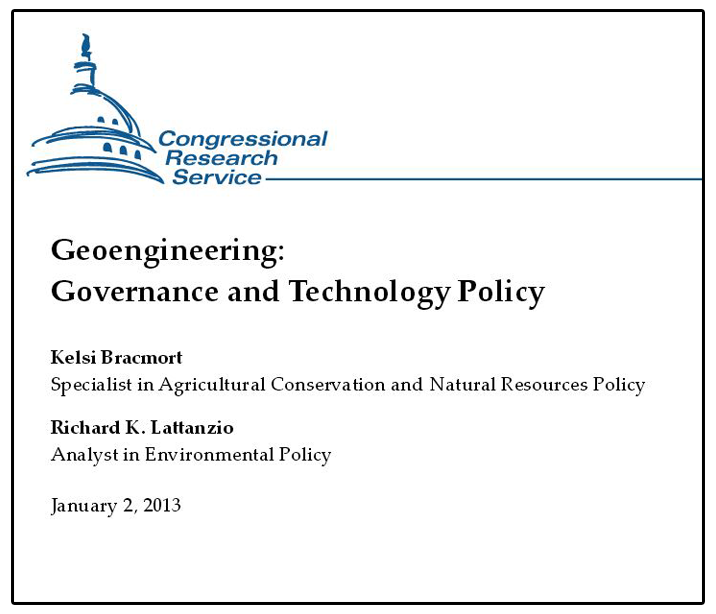Source: The Washington Post, Written By Chelsea Harvey
This NASA animation shows Greenland's ice mass loss from January 2004 to June 2014. (NASA)
Rising global temperatures may be affecting the Greenland ice sheet — and its contribution to sea-level rise — in more serious ways that scientists imagined, a new study finds. Recent changes to the island’s snow and ice cover appear to have affected its ability to store excess water, meaning more melting ice may be running off into the ocean than previously thought.
That’s worrying news for the precarious Greenland ice sheet, which scientists say has already lost more than 9 trillions tons of ice in the past century — and whose melting rate only continues to increase as temperatures keep warming. NASA estimates that the Greenland ice sheet is losing about 287 billion tons of ice every year, partly due to surface melting and partly due to the calving of large chunks of ice. Because of the ice sheet’s potential to significantly raise sea levels as it runs into the ocean, scientists have been keeping a close eye on it — and anything that might affect how fast it’s melting.
The new study, published Monday in the journal Nature Climate Change, focuses on a part of the ice sheet known as “firn” — a porous layer of built-up snow that slowly freezes into ice over time. It’s considered an important part of the ice sheet because of its ability to trap and store excess water before it’s able to run off the surface of the glacier, an essential service that helps mitigate the sea-level rise that would otherwise be caused by the runoff water.
“As this layer is porous and the pores are connected, theoretically all the pore space in this firn layer can be used to store meltwater percolating into the firn whenever melt occurs at the surface,” said the new paper’s lead author, Horst Machguth of the Geological Survey of Denmark and Greenland, in an email to The Washington Post. Over time, the percolating meltwater trickles down through the firn and refreezes.
Until recently, many scientists have assumed that most of Greenland’s firn space is still available for trapping meltwater. But the new research shows that this is likely no longer the case. Through on-the-ground observations, the scientists have shown that the recent formation of dense ice layers near the ice sheet’s surface are making it more difficult for liquid water to percolate into the firn — meaning it’s forced to run off instead.
A UCLA-led study reported that melt-prone areas on Greenland's ice sheet use a drainage system of streams and rivers that carry meltwater into the ocean. However, the the study also found that measurements at the ice's edge show that climate models alone can overestimate the volume of meltwater flowing to the ocean because they fail to account for water storage beneath the ice. (UCLA via YouTube)
“If you look at some of the other studies which have been arguing that you have unlimited capacity for retention of water in the firn, this study shows that that is not the case,” said Kurt Kjaer, a curator and researcher at the Natural History Museum of Denmark, who has studied glacier dynamics on the Greenland ice sheet but was not involved in the study.
The researchers conducted their study by examining ice cores drilled into West Greenland’s firn between 2009 and 2015. They wanted to find out how a series of particularly warm summers, which caused especially significant melting events in 2010 and 2012, might have affected the ice sheet.
“I think the most notable result of our study is showing that the firn reacts faster to an atmospheric warming than expected,” Machguth said in his email. By examining the cores, the researchers found that the deluge of meltwater in recent years had trickled into the firn and frozen into chunks called “ice lenses.” These lenses then began to hinder any additional liquid water from trickling down through the firn, meaning the meltwater began to accumulate and freeze near the surface, increasing the number and thickness of the existing lenses in a kind of vicious cycle.
The cores suggested that the lenses thickened quickly between 2009 and 2012, Machguth said. Then, starting in 2012, another change took place.
“At our main field site the very intense melt of summer 2012 did not result in a strong increase of the ice layer as the layer was already in place,” he wrote to The Post. “Instead, at the main field site we could observe how the ice layer forced the meltwater to run off along the surface.”
This effect was most pronounced at lower elevations in West Greenland, where the water first ran down the ice sheet and accumulated. But Machguth and his colleagues predict that the same ice lens formation process will continue to occur at higher and higher elevations — and the amount of meltwater forced to run off the glacier, having no available firn to trickle into, will only increase.
This is not only a concern on the basis of its possible contribution to sea-level rise — the researchers also suggest that an increase in runoff could lead to certain feedback processes that will cause even more melt to occur in the future. Runoff water can carve channels into the ice sheet’s surface and create slushy areas, they note in the paper, which can cause a reduction in albedo — the ability of the ice sheet to reflect sunlight away from its surface. With more sunlight being absorbed, rather than reflected, surface temperatures could become even warmer and cause melt rates to accelerate.
And these changes to the firn are largely irreversible. While new firn can form as more snow falls and accumulates on Greenland’s surface, the process can take decades — and might not be able to occur at all in a warming climate.
This particular study was only conducted in West Greenland, so the scientists can’t say for sure whether their findings apply to the entire island. It would be enlightening to conduct similar studies elsewhere on the ice sheet, Machguth noted.
But in the meantime, the observations represent an important step forward in understanding the processes affecting Greenland, and could help scientists improve the simulations they use to make predictions about what will happen to the ice sheet in the future. “When you get this kind of dataset, a new kind of knowledge, of course it should be put into the models,” said Kjaer, the Natural History Museum scientist.
Source: The Washington Post, Written By Chelsea Harvey





